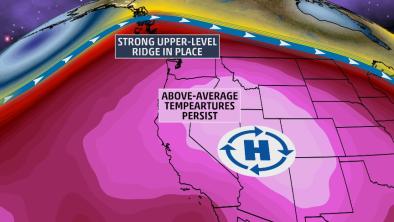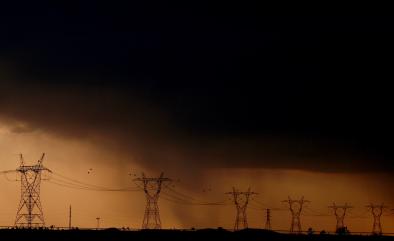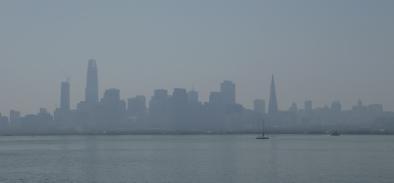Science Source
The Impact of Recent Heat Waves on Human Health in California
- This study examines the health impacts of recent heat waves statewide and for six subregions of California: the north and south coasts, the Central Valley, the Mojave Desert, southern deserts, and northern forests
- Uses canonical correlation analysis applied to daily maximum temperatures and morbidity data in the form of unscheduled hospitalizations from 1999 to 2009
- Identifies 19 heat waves spanning 3–15 days in duration that had a significant impact on health
- Finds that, on average, hospital admissions increased by 7% on the peak heat-wave day, with a significant impact seen for several disease categories, including cardiovascular disease, respiratory disease, dehydration, acute renal failure, heat illness, and mental health
- Statewide, there were 11,000 excess hospitalizations that were due to extreme heat over the period, yet the majority of impactful events were not accompanied by a heat advisory or warning from the National Weather Service
- Finds that on a regional basis, the strongest health impacts are seen in the Central Valley and the north and south coasts
- Finds the north coast contributes disproportionately to the statewide health impact during heat waves, with a 10.5% increase in daily morbidity at heat-wave peak as compared with 8.1% for the Central Valley and 5.6% for the south coast
- Finds the temperature threshold at which an impact is seen varies by subregion and timing within the season
- These results suggest that heat-warning criteria should consider local percentile thresholds to account for acclimation to local climatological conditions as well as the seasonal timing of a forecast heat wave
Related Content
Headline

Sep 5, 2017 | The Weather Channel
All-Time Record-High Temperature Set in San Francisco; Record Heat Shifts to the Northwest This Week
Headline

Sep 5, 2017 | Los Angeles Times
More all-time heat records broken as California broils
Headline

Sep 5, 2017 | Category 6 | Weather Underground
Heat, Smoke, and Fire Assault Western States: All-Time Record Heat in California
Headline

Sep 4, 2017 | Santa Rosa Press Democrat
Santa Rosa sets a new high temperature record


